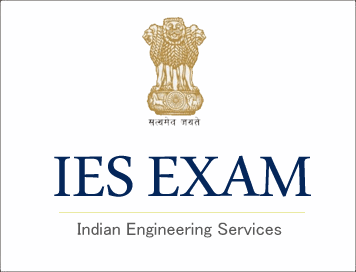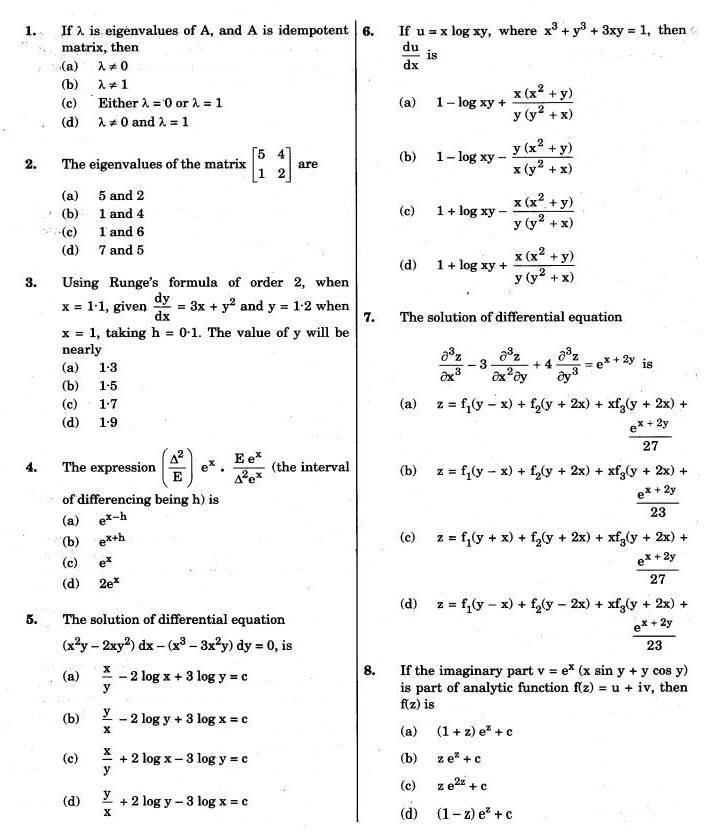The deficit bogey (Indian Express)
Mains Paper 3: Economy
Prelims level : Fiscal deficit
Mains level : Indian Economy growth, development and major challenges regarding
fiscal deficit
Context:
- The Union budget will be presented in the context of an entrenched
slowdown that is becoming increasingly difficult to overcome.
- The recent increase in inflation has complicated the budget-making
exercise. We believe that this budget could make a substantial difference by
challenging the conventional wisdom that does not stand the test of
scrutiny.
Estimated budget scenario:
- The primary purpose of the budget is to lay out a receipt-expenditure
statement and thereby the fiscal deficit estimates.
- This year the slowdown has derailed the fiscal arithmetic.
- Our estimates show that the shortfall might be anywhere between 0.5-0.7
per cent of the GDP in the current fiscal after adjusting for revenue
shortfall and expenditure rationalisation.
- Given that the government is now facing such a huge mismatch, the fiscal
deficit glide path is likely to be recalibrated.
- The strong resistance from the votaries of fiscal consolidation, which
is echoed in government circles too with independent reports pegging the
fiscal deficit estimate at 3.5 per cent for 2020-21.
- We believe the government must not target a number in FY21 that is not
credible and achievable.
- The growth dynamics suggest that with a nominal GDP growth that could be
at 10 per cent, a 3.5 per cent target will result in the absolute fiscal
deficit in FY21 being lower than in FY20, and that again will be
unachievable.
Data implicates to reduce the fiscal deficit:
- The government wanted to reduce the fiscal deficit from 4.8 per cent of
the GDP to 4.6 per cent.
- But, in absolute terms, the difference between the fiscal deficit in
FY11 and FY12 jumped four times as the 3.3 percentage point collapse in
growth was not factored in.
- Thus, the temptation of having a 3.5 per cent deficit target in the
budget must be avoided at any cost as we face a similar growth slowdown.
- Instead, the fiscal deficit must be kept only at a marginally lower
level or the same level in FY21 (vis-à-vis FY20).
- We must focus on growth. A large fiscal compression in the budget,
through a reported expenditure curtailment of Rs 2 lakh crore, could be an
unmitigated disaster for growth and will definitely raise the possibility of
lack of transparency in the fiscal numbers of FY21 in the eyes of the
market.
So, what are the options before the government?
- The apparent trade-off between tax concessions and stimulating the
economy by giving a fillip to the rural economy.
- There is now an apparent consensus that with only 4 per cent of people
paying income tax, a tax concession might be a wrong approach to stimulate
demand.
Fallacies with this argument:
- Even when 2 per cent of the people paid income tax during 2004-08, the
Indian economy expanded by close to 8 per cent on average.
- The 4 per cent population accounted for a significant part of overall
consumption, and in FY19, the overall gross taxable income of this
population was Rs 46 lakh crore, which is 40.8 per cent of the overall
private final consumption expenditure.
- Hence, it is possible to tweak both the slabs and the tax rates to
increase consumption, which is key to growth.
- The only issue with such tax changes that could make the government wary
is the revenue foregone.
- Our estimates suggest that a 5 per cent cut in taxes across income
buckets can result in a revenue shortfall of only 0.5 per cent of GDP.
Coverage to PM-KISAN scheme:
- The idea of a rural push through PM-KISAN scheme is understandable, but
efforts must first be made to cover all the farmers under the scheme.
- It is quite puzzling that despite 92 per cent of the land records being
digitised, PM-KISAN still covers only half of the eligible beneficiaries.
- As was promised in the 2018 budget, a tenancy certificate must be issued
to every tenant farmer — 70 per cent of farmland is cultivated by tenant
farmers, who are not entitled to any benefit because they do not own land.
- The government should think about increasing the Rs 6,000 yearly amount
in a calibrated manner (say Rs 500 per year over the next four years) as the
incremental cost will be negligible. As this will create a feel-good factor
across the farming community, why not start from this year itself?
Tax adjustment and incentivising savings:
- The government must think about the trade-off between tax adjustment and
incentivising savings.
- When the government notified an increase in the public provident fund (PPF)
limit by Rs 50,000 to Rs 1,50,000 in August 2014, its impact on household
savings was enormous.
- For example, an increase in the 80C limit by Rs 1 lakh to Rs 2.5 lakh
for individual households will lead to additional savings of more than Rs 2
lakh crore as compared to a revenue and interest foregone amount of Rs
40,000 crore.
Incentivising consumption, or savings or both?
- The repeated fallacies of commentators who advocate in favour of fiscal
conservatism on the ground that entire household financial savings are being
used to finance government borrowings. The
- numbers suggest otherwise. Of the Rs 11.2 lakh crore of net financial
savings in FY18, total claims on government were around Rs 70,000 crore,
while Rs 7.74 lakh crore were claims on insurance, pension and provident
funds (assuming FY17 ratios).
- Household claims on pension, insurance and provident funds are purely
savings for the households’ retirement corpus and it is completely naïve to
equate such claims as financing government borrowings.
- The decision of such retirement funds on where to invest their corpus is
a purely portfolio-decision, just as is the household decision to investment
in small savings.
- Apart from such fiscal measures, the budget must announce its intent to
bring back trust in the financial system.
- To this end, a simultaneous recognition of stressed assets of NBFCs and
thereafter immediately initiating measures to help them to raise capital by
initiating takeovers/mergers if required and giving the rest a clean chit,
thereby, increasing the confidence to lend, is required.
- We must not repeat the mistake we made with banks when we first
initiated recognition of bad loans through the asset quality review in 2015,
then brought resolution through the IBC law in 2016, and then resorted to
recapitalisation in October 2017.
- The sequence should have been resolution first, and recognition and
recapitalisation simultaneously thereafter.
Way forward:
- We can also think of forbearance for large NBFCs by deferment of
principal repayments by systemically important NBFCs and HFCs.
- These NBFCs and HFCs can allow similar deferments to their clients.
Since interest would be paid during this period, lenders would not make a
loss.
- This should be adequate to get the cash flows from stuck projects going
and to ensure the fulfillment of the prime minister’s vision of Housing for
All by 2022.
- As we write on the budget priorities, the Supreme Court judgment on
telcos’ adjusted gross revenues could just about tilt the budget arithmetic
in the government’s favour.
- On the flip side though, this order could lead to significant market
disruptions and possibly impact consumption as well.




